Seoul Dance Festival (서울무용제)
11.3Km 2021-09-15
7, Daehak-ro 8-gil, Jongno-gu, Seoul
Ligne info tourisme Corée : +82-2-1330 Plus d'info : 02-744-8066
Le Seoul Dance Festival se tient en novembre chaque année. Cet évènement, qui avait à l’origine pour nom « Korea Dance Festival », a été créé afin de développer la danse artistique coréenne.
Plusieurs scènes seront mises à disposition pour profiter des différentes facettes de l'art de la danse.
Daewon (대원)
11.3Km 2021-03-27
34, Gukjegeumyung-ro 8-gil, Yeongdeungpo-gu, Seoul
+82-2-784-0879
It is a restaurant frequented by office workers. The best menu at this restaurant is grilled skewers. This Korean dishes restaurant is located in Yeongdeungpo-gu, Seoul.
Moonguesthouse [Korea Quality] / 문게스트하우스 [한국관광 품질인증]
11.3Km 2020-09-09
31-18, Samil-daero 32-gil, Jongno-gu, Seoul
+82-2-745-8008, +82-10-8704-9981
The Moon Guesthouse is situated near a number of interesting tourist destinations including Unhyeongung Palace (3min on foot), Bukchon Hanok Village (5min on foot), Changdeokgung Palace (5min on foot), and Changgyeonggung Palace (10min on foot). The guesthouse was named ‘moon’ (‘door’ in English) because it has many 176 doors and windows. Upon entering by the gate, visitors will see a ‘ㄷ’-shaped hanok building in the courtyard, in which a wooden bedstead and a table are placed. On the opposite of the hanok building there is a wall roofed with tiles engraved with Korean patterns such as deer, pine, turtle, etc. Flowers in the flowerbed lined up along the wall are in bloom and the bonsai are also well-kept in the house. Renovated and opened as a guesthouse in September 2011, Moon Guesthouse consists of a bonchae (main building) and a byeolchae (detached house). The rooms are decorated with red clay and hanji (traditional Korean paper handmade from mulberry trees), and have under-the-floor heating (ondol). Each room is equipped with an air-conditioner, and has a 40cm-thick layer of red clay over the ceiling for insulation, making the rooms cool in summer and warm in winter. The house has seven individual guestrooms and five modern bathrooms, but the entire building (bonchae or byeolchae) can be rented, too. In particular, the unhyeondang of the bonchae is very popular as it can be converted into one large space for special events, group workshops, etc. simply by opening all the sliding doors (Bunhapmun – Goryeo construction style). This room, which is decorated with a flower-patterned windscreen, a landscape painting, and calligraphy, has been used as a shooting location for various TV programs including KBS2’s TV reality program Man’s Qualification and its variety show The Human Condition. The guestrooms are also equipped with traditional furniture including a cabinet inlaid with mother-of-pearl. The guesthouse also provides a variety of experience programs from 11am to 3pm, including tea ceremony, wearing Hanbok (traditional Korean clothes), making kimchi and gochujang (red chili paste), playing a traditional musical instrument, making a rubbing of a stone inscription, calligraphy, drawing orchids on a fan, and so on. The house has about seventy hanbok and other clothing accessories, as well as a royal costume. Its calligraphy and drawing orchid programs are run directly by the owner, who used to work as a classical Chinese teacher at a high school.
Centre d'information du Temple Stay (템플스테이 홍보관)
11.3Km 2022-09-28
56, Ujeongguk-ro, Jongno-gu, Seoul
+82-2-2031-2000
Le centre d’information du Temple Stay est situé en face du temple Jogyesa. Il est très facile de s’y rendre depuis la station Anguk (métro de Séoul ligne 3) ou depuis la rue principale du quartier Insa-dong. Il s’agit d’un complexe culturel sur 5 niveaux qui inclut les bureaux de l’organisation officielle Templestay, un centre d’information, le restaurant de nourriture du temple “Balwoo Gongyang”, le « Lotus Café » et une librairie bouddhiste au rez de chaussée.
Le centre d’information du Temple Stay au rez de chaussée vous donne toutes les informations sur les programmes Temple Stay. Il est possible d’y choisir des brochures et livrets sur les programmes et des employés pourront répondre à vos questions. Le centre d’éducation au 2ème étage propose des activités. Le 4ème étage inclut le restaurant “Balwoo Gongyang”, spécialisé dans la cuisine du temple, et où il est possible de déguster des plats minutieusement préparés par des bouddhistes pratiquants.
853 (팔오삼)
11.3Km 2021-03-24
16, Insadong, 12-gil, Jongno-gu, Seoul
+82-70-8832-0853
This is a juicy pork restaurant. This Korean dishes restaurant is located in Jongno-gu, Seoul. The most famous menu is grilled pork belly.
Insadong Sagwanamu (인사동사과나무)
11.3Km 2021-03-29
24-1, Insadong 14-gil, Jongno-gu, Seoul
+82-2-722-5051
This is where you can dine on the outdoor terrace. This restaurant's signature menu is steak. This Western dishes restaurant is located in Jongno-gu, Seoul.
Okjeong (옥정)
11.3Km 2021-03-19
18, Insadong, 12-gil, Jongro-gu, Seoul
+82-2-733-5412
A traditional Korean restaurant serving hanjeongsik (Korean table d'hôte) for 30 years now. The representative menu is Korean table d''hote. This is a Korean cuisine located in Insa-dong, Seoul.
Eulmildae Pyeongyang Naengmyeon (을밀대평양냉면)
11.3Km 2021-03-26
24, Sungmun-gil, Mapo-gu, Seoul
+82-2-717-1922
It is a famous Pyongyang naengmyeon (Korean cold noodle) restaurant in Mapo where a lot of customers always wait in line. This restaurant's signature menu is Pyeongyang cold buckwheat noodles. This Korean dishes restaurant is located in Mapo-gu, Seoul.
Nuri (누리)
11.3Km 2019-11-26
23, Insadong 14-gil, Jongno-gu, Seoul
+82-2-736-7848
Located in the neighborhood of Insa-dong, traditional Korean lunch box and tea restaurant Nuri brings out the true beauty of hanok while implementing western dining culture with tables and chairs.
Nuri uses the finest grains directly from agricultural regions throughout the country, offering nutritious rice along with mildly seasoned side dish menus, taking advantage of the ingredients' natural flavors. Nuri uses its effective take-out and delivery system to cater to businesses and events.
Festival des lanternes de lotus (연등회)
11.3Km 2024-04-30
55, Ujeongguk-ro, Jongno-gu, Séoul
• Centre d'appels 1330 : +82-2-1330 (coréen, anglais, japonais, chinois) • Pour obtenir plus d'info : +82-2-2011-1744~7 (uniquement coréen)
Ce festival très ancien ayant ses origines dans le royaume de Silla, fait figure d'événement phare en Corée. Cet événement est par ailleurs inscrit au patrimoine culturel immatériel de l'Unesco et classé comme patrimoine traditionnel national en Corée.
En illuminant les lanternes, le festival vise à souhaiter également "l'illumination" de l'esprit des voyageurs pour un monde plus serein et empli de bonheur.

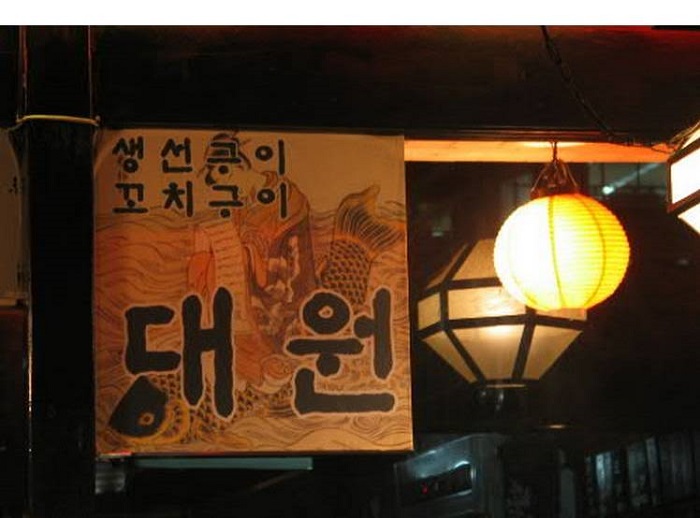
![Moonguesthouse [Korea Quality] / 문게스트하우스 [한국관광 품질인증]](http://tong.visitkorea.or.kr/cms/resource/09/2577509_image2_1.jpg)
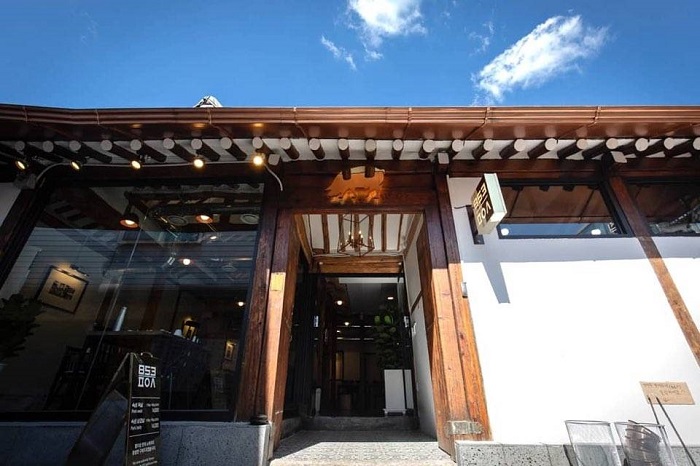

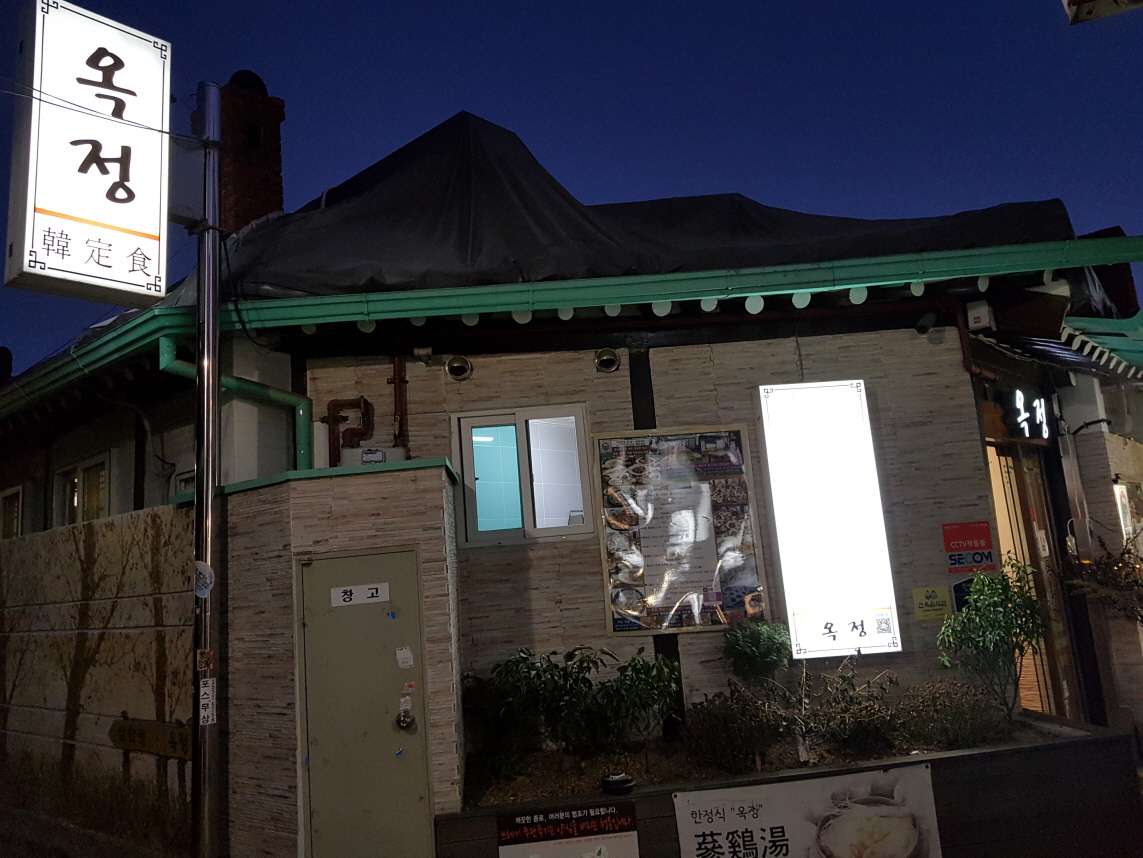
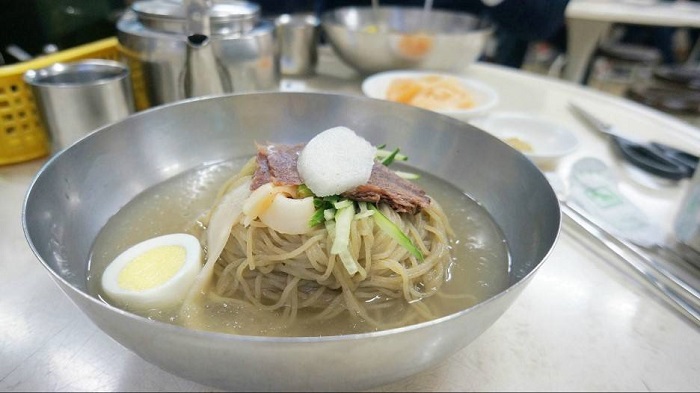
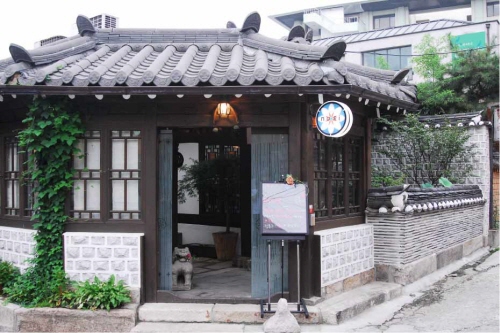
 Français
Français
 한국어
한국어 English
English 日本語
日本語 中文(简体)
中文(简体) Deutsch
Deutsch Español
Español Русский
Русский